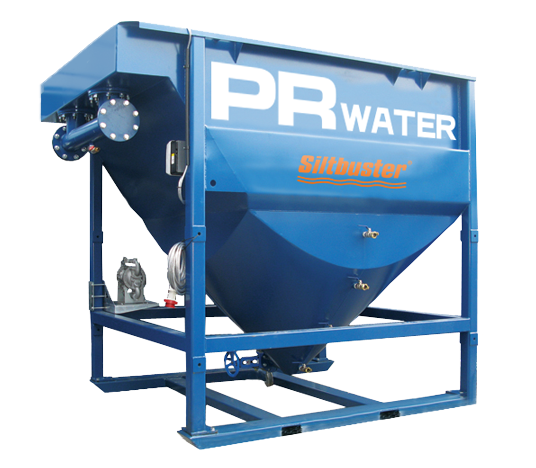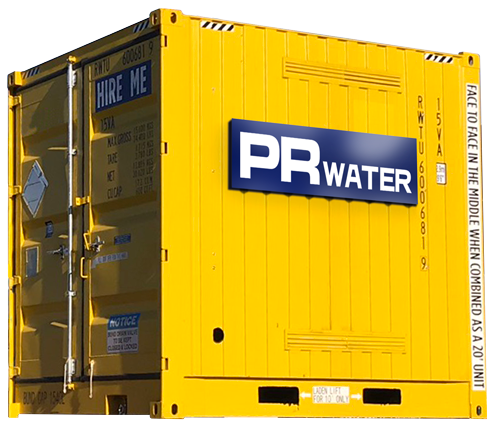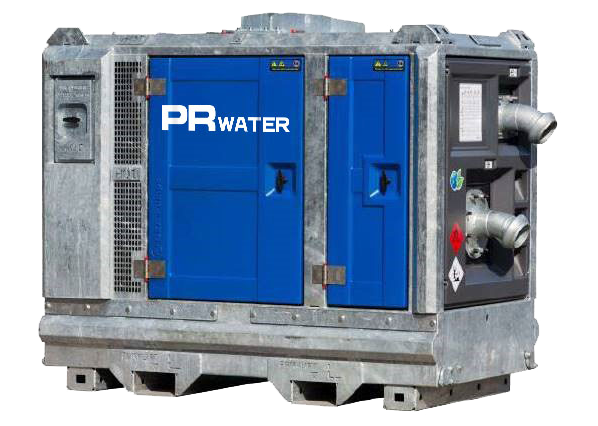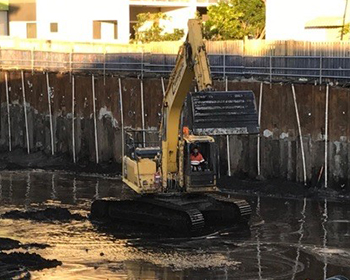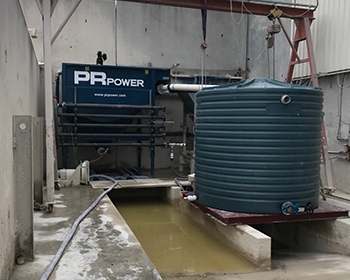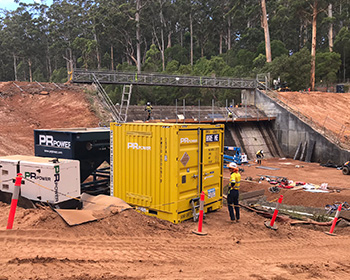Heavy Metals
A heavy metal is any metallic chemical element that has a high density and at low concentrations is toxic/poisonous. Because heavy metals can bioaccumulate [increase in concentration over time], they are considered dangerous to the environment.
- Heavy metals appear in 2 forms: as a particulate or dissolved. The dissolved heavy metals are most problematic as they cannot simply be filtered as metals can exist in a solid / particulate state.
Heavy Metals Removal from Industrial Wastewater and Ground Water
Mining, industrial, municipal and manufacturing processes will typically result in heavy metals being released into wastewater streams. To mitigate environmental risks, heavy metals are normally removed from wastewater streams before it can be safely discharged or reused. 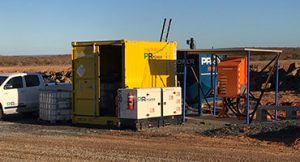
- Common soluble or particulate heavy metals in wastewater include: mercury, lead, iron, copper, chromium, zinc, manganese and nickel.
- Present in ground water, the heavy metals are usually: lead, nickel, zinc and cadmium.
Techniques for Heavy Metals Removal
Dissolved and particulate heavy metals are typically removed via 5 methods including: Metal Hydroxide Precipitation, Metal Sulfide Precipitation, Ion Exchange, Evaporation and Membrane. PR Water’s team of specialists focus on using the Metal Hydroxide Precipitation and Metal Sulfide Precipitation methods.
- Most metals can be removed within permit levels via hydroxide precipitation, but sulfide precipitation offers a lower residual metal loading for broader challenges.
- Sulfide products are heavier than water and by using a Lamella Clarifier coupled to a Chemical Dosing System can be filtered or settled via gravity.
PROJECT SUPPORT AND MAINTENANCE |
||
CONTRACTING
|
CONSULTANCY
|
EQUIPMENT SALES AND RENTAL
|
| SUPPORT | ||
Project Success
|
Ongoing
|
|

